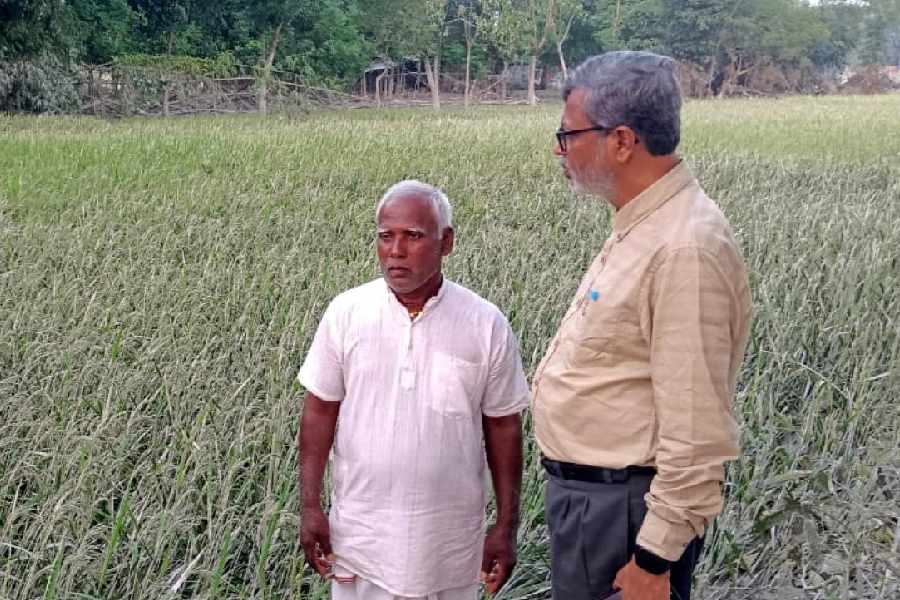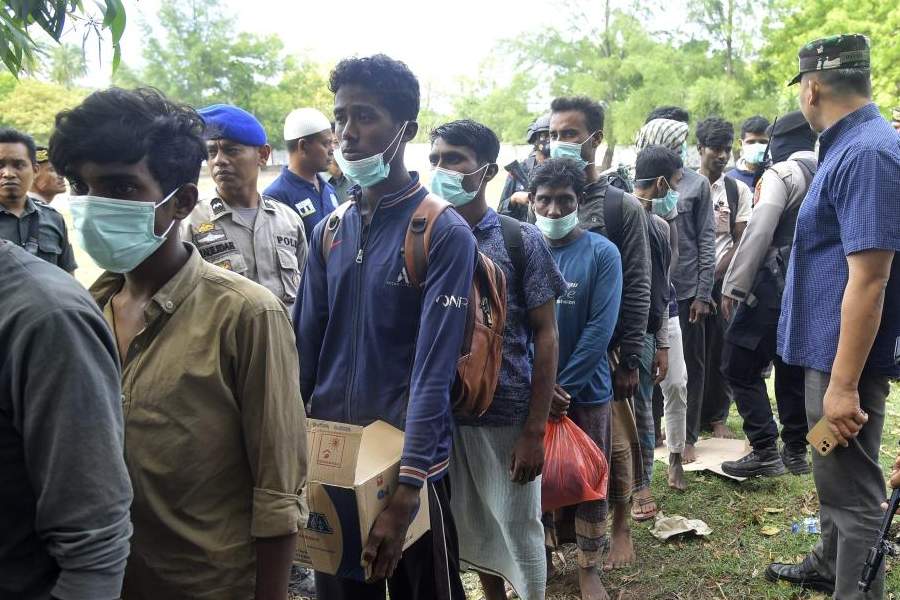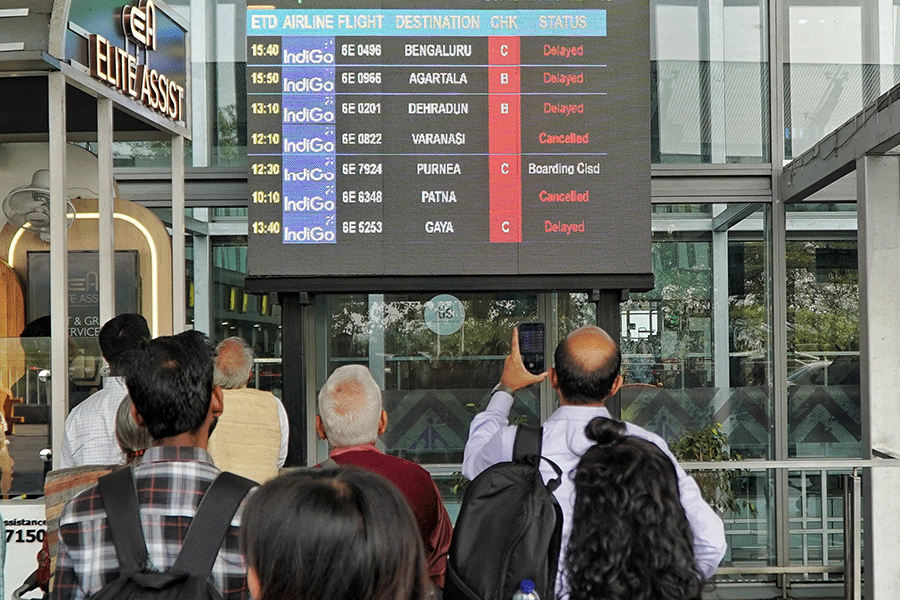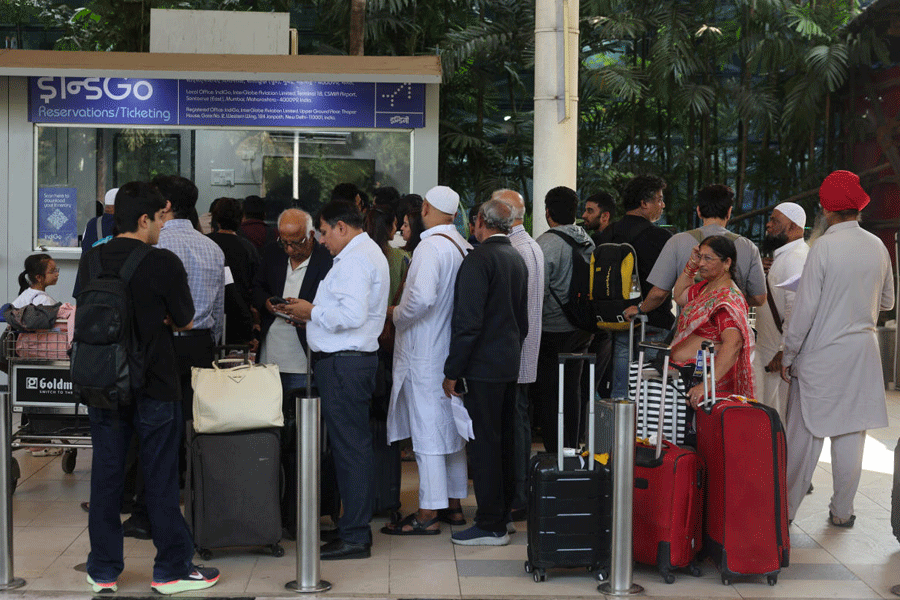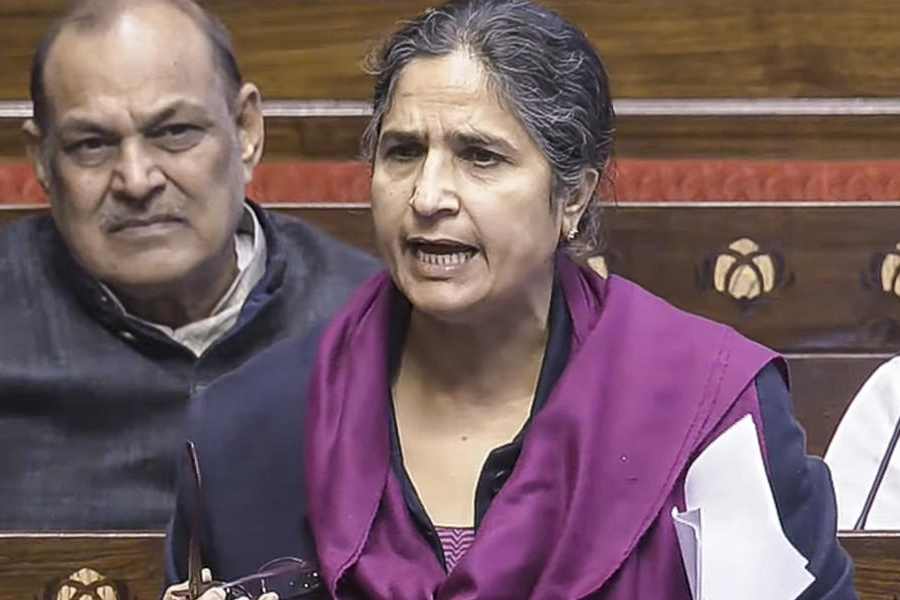The state government has deputed four senior engineers to oversee post-flood rehabilitation across Jalpaiguri, Alipurduar, Cooch Behar and Siliguri.
Survey reveals that over 13,000 hectares of farmland has been affected by the October 5 floods in Jalpaiguri district.
With the water receding now, it has been observed that vast tracts of farmland have been covered in dolomite, silt and mud in the district.
According to a survey conducted by the soil development wing of the state agriculture department, submerged tracts are spread across multiple blocks of the district.
“Necessary work will begin soon to remove all the layers of dolomite and silt from the land. More than 13,000 hectares of land have been affected in Jalpaiguri district,” said an official of the agriculture department on Tuesday.
The Nagrakata and Dhupguri blocks were the worst affected, though Mainaguri, Jalpaiguri Sadar, and parts of Rajganj suffered significant damage.
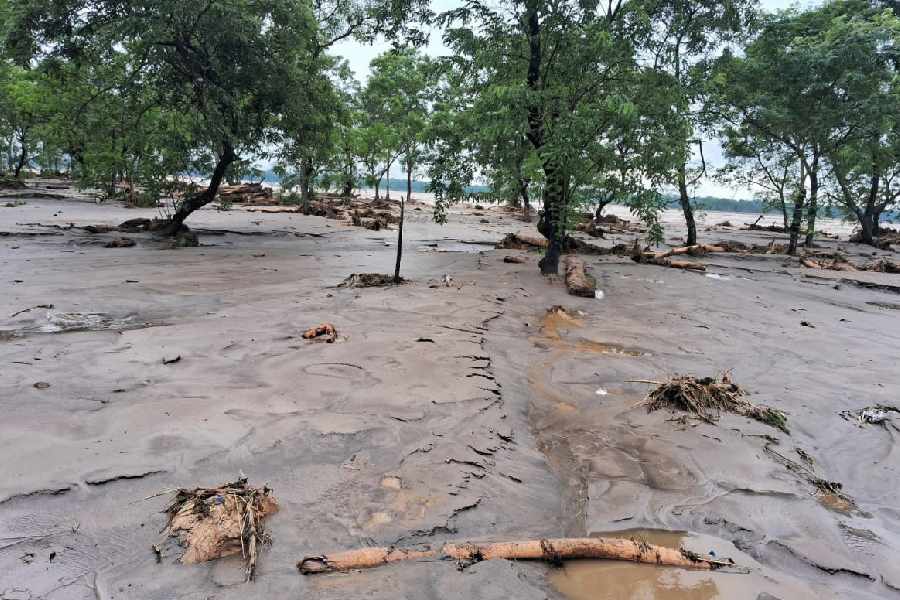
Dolomite deposits in the silt at the Subhashini Tea Garden of Alipurduar as the Torsha floodwaters recede from the garden. File picture
Chief minister Mamata Banerjee, who recently visited Bamandanga-Tondu in Nagrakata block, directed officials to remove the accumulated dolomite layer and restore the farmland for cultivation at the earliest.
An official from the office of the deputy director of agriculture, Jalpaiguri, said field measures have already begun.
“Pesticides are being sprayed on the affected lands. Farmers are being provided with medicines and fertilisers to apply to the soil. Training is also being given onsite on what to do in this situation.”
A preliminary survey by the department revealed extensive damage to riverbeds, embankments, spurs and guide bunds in several areas.
“We are preparing a detailed project report on the damages so that immediate measures can be taken,” said an irrigation department source.
Because of the floods, the Torsha and Sisamara rivers in Kalchini and Madarihat (Alipurduar) have severely eroded embankments and farmland.
In Amguri under Mainaguri block, the Dandik embankment of the Jaldhaka river was breached at five points, leaving huge holes in the riverbed. Efforts are underway to fill the breaches and normalise the river’s flow.
Similarly, the Gilaidanga embankment in Mathabhanga (Cooch Behar) suffered heavy damage, while the Dyna, Gathia, and Kuchi Dyna rivers — tributaries of the Jaldhaka — have caused widespread destruction to embankments, settlements, roads and bridges.
“If there is no heavy rain in November, the situation will stabilise temporarily. Some diversions and movement arrangements have already been made. The four senior engineers in charge have been instructed to operate from their respective district offices,” said Krishnendu Bhowmik, the chief engineer (north division) of the
irrigation department.

